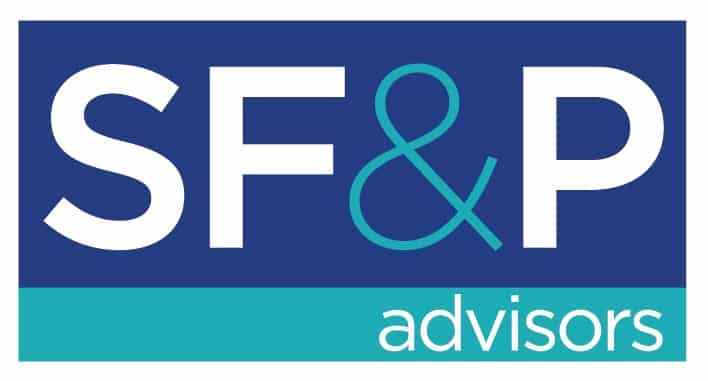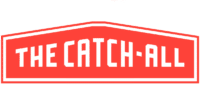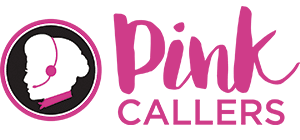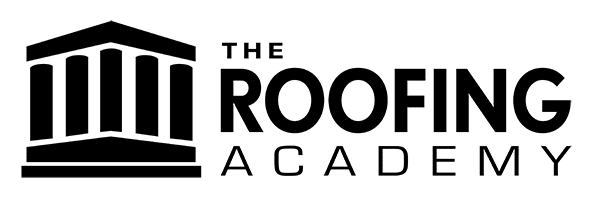Your website elements have the power to make or break your entire brands perception. In this post, we’ll explore how basic elements like layout, content, call-to-action buttons, and more can increase your website’s performance. Don’t miss out on this opportunity to learn practical advice that will help you improve the efficiency of your website and make an impression that will last on your visitors!
Key Website Elements:
- Header
- Menu
- Images
- Content
- Footer
- Logo
- CTA
- Sidebar
- Blog
- Forms

Header & Menu
The header is the uppermost part of your website. It contains your brand’s logo and the navigation menu, guiding visitors to all of your essential web pages. For instance, an home services company may categorize services, while a nonprofit site may prioritize a donation page. Including easy to navigate relevant categories in your header is the centerpoint for visitor engagement and site success.
Images
Directly below the header typically lies an impactful visual element known as the hero with images or video, shaping visitors’ first impression. This top section, known as above the fold, significantly influences user retention. The hero image/video should align with your brand, showcasing products/services or embodying your brand essence to captivate visitors.
Website Content
Content is the backbone of any website, encompassing written information about your offerings and how visitors can engage with them. From mission statements to button labels like “Buy now,” every word matters in guiding user actions. plan your content areas carefully in order to guarantee that users will have a seamless understanding of your brand.
- Content encompasses mission statements and even actionable buttons.
- Careful planning content areas ensures user-friendly navigation and engagement.
Footer

The footer serves as the bottom-most section of your site, usually housing a sitemap with links to all pages for easy access. It provides additional information that might not be in the header, enhancing user experience and accessibility to all aspects of your site.
- Footers usually contain sitemaps for easy navigation.
- Basic contact details enhance business credibility and accessibility.
- Social media icons help foster online presence and audience engagement.
Advanced Elements of a Website

Logo
A logo serves as a centerpiece element for any brand, representing the company and aiding in brand recognition. Placing the logo in the top left corner of your website header makes it easily visible to visitors. Consider using a logo maker tool to create a custom logo that aligns with your brand identity.
CTA
CTAs play a vital role in guiding customers through the sales funnel by prompting them to take action. By incorporating CTAs with actionable phrases like “Get started” or “Learn more,” you can encourage visitors to engage with your products or services. Without effective CTAs, you risk losing out on conversions and potential sales.
- CTAs drive user engagement and improve conversion rates on websites.
Sidebar
Sidebars are commonly used on websites to provide additional navigation options and display supplementary information. They typically appear on the right side of screens and contain links to other site content, newsletter sign-up forms, and advertisements. Using this space for advertising can help generate revenue and increase visibility for your products.
- Sidebars enhance user experience by offering easy access to relevant information.
Blog
Blogs are valuable additions to websites, offering a platform to share informative content related to your business or industry. Integrating a blog into your site allows you to educate customers about your offerings while attracting search engine traffic through detailed articles that address common problems and questions your customers have. Blogs serve as marketing assets that foster customer engagement and establish credibility for your brand.
- Blogs contribute to search engine optimization efforts by providing relevant content that attracts search engine traffic.
Forms
Online forms are versatile tools for gathering information from website visitors. Whether it’s a contact form for direct communication or a signup form for lead generation, strategically placing forms on your site can enhance user interaction and data collection. Consider the type of form based on its purpose and ensure seamless integration within your website’s layout for optimal user experience.
- Place forms strategically within your website layout to encourage user engagement without being intrusive.
User-Friendly Layout of Website Elements

Plan logical layouts that guides users through different sections seamlessly. Organize your content in a clear hierarchy to make navigation intuitive.
Balance visual elements such as images and videos with white space to avoid overwhelming visitors. A clean design with ample white space enhances readability and highlights important information.

Be sure your website layout is responsive by testing it on various devices like desktops, laptops, tablets, and smartphones. Responsive design adapts the layout to different screen sizes for optimal viewing experience.
When structuring your website:
- Use a consistent navigation menu across all pages.
- Place important information above the fold for easy access.
- Incorporate call-to-action buttons strategically to drive user engagement.
- Optimize loading speed by minimizing large image files and unnecessary plugins.
- Implement responsive design principles for seamless user experience on mobile devices.
Additional Website Parts
Web hosting
Your website needs a place to live online. All websites require space on servers, which act as storage providing information to other computers. These servers ensure your site is available when people search for it.
Web hosting ensures your website is up and running smoothly. It’s like renting space on the internet to store all your website files and data. Without web hosting, your website wouldn’t be accessible to visitors.
Domain names
Domain names are the web addresses of your site. They serve as unique access points online, often mirroring your company name. For instance, if your brand is Rosa, your domain could be rosa.org or rosa.com.
If you want your website to be easily recognized and remembered by visitors, have a unique domain name. Having a memorable domain name can significantly impact the success of your website. Think about how google.com instantly comes to mind when you need information or want to search for something.
Search Engine Optimization (SEO)
SEO, or search engine optimization, focuses on making your site discoverable on search engines primarily Google. By optimizing content, images, design, and structure, you help search engines better understand and index your website.
Optimizing for SEO increases the chances of your site appearing in search results when users look for relevant information or services. It’s essential to implement SEO strategies that align with current best practices to improve visibility and attract more organic traffic.
Contact Information
Having visible contact information, such as an email address or phone number, is essential for establishing trust with your audience. Placing this info in the header or footer increases accessibility.
Make sure your contact details are easily accessible on every page of your website. This transparency builds credibility and encourages users to reach out.
Privacy Policy
Including a privacy policy on your website is not only good practice but also legally required in many regions. It informs users about how their data will be handled.
Your privacy policy should outline what data you collect, how it’s used, and how users can opt-out if needed. Ensure it’s easily accessible, typically linked in the footer.
Why Is Knowing the Different Parts of a Website Important?
- Understanding website structure aids in enhancing user experience.
- Knowledge of design elements helps with effective evaluation.
- Identifying usability issues becomes efficient.
- Creating tailored content improves user engagement.
Each element plays a vital role in attracting and engaging visitors, optimizing user experience, and achieving your website’s goals effectively. By knowing these different aspects, you can tailor your website to meet the needs of your audience, enhance usability, and stand out in the competitive online landscape. Keep exploring new trends and technologies to keep your website fresh and appealing to users.
Building and maintaining a successful website requires continuous learning and adaptation. Stay curious, experiment with different features, and always prioritize user satisfaction to ensure that your website remains a valuable asset for your audience.
Frequently Asked Questions
What is the main part of a website called?
The main part of a website is typically referred to as the “body” or “content area.” It is where the primary information, text, images, and multimedia elements are displayed to visitors.
What is the bottom section of a website called?
The bottom section of a website is commonly known as the “footer.” This area usually contains important links, contact information, copyright details, and sometimes additional navigation options for users.
How do I find all parts of a website?
To explore all parts of a website, you can scroll through each page while paying attention to the header, footer, sidebar (if applicable), and different sections within the main content area. You can also use tools like the browser’s inspect element feature to analyze the structure.
What are the parts of a page layout?
A typical web page layout consists of elements such as header (containing logo and navigation), footer (copyright info and links), sidebar (additional information or navigation), body/content area (main text and visuals), and sometimes modal windows or pop-ups for specific content.
What are some other parts of a website?
Apart from the main structural elements like header, footer, sidebar, and content area, websites may include components like sliders/carousels for featured content, call-to-action buttons, forms for user interaction, social media integration buttons, search bars for easy navigation, testimonials sections, etc.















